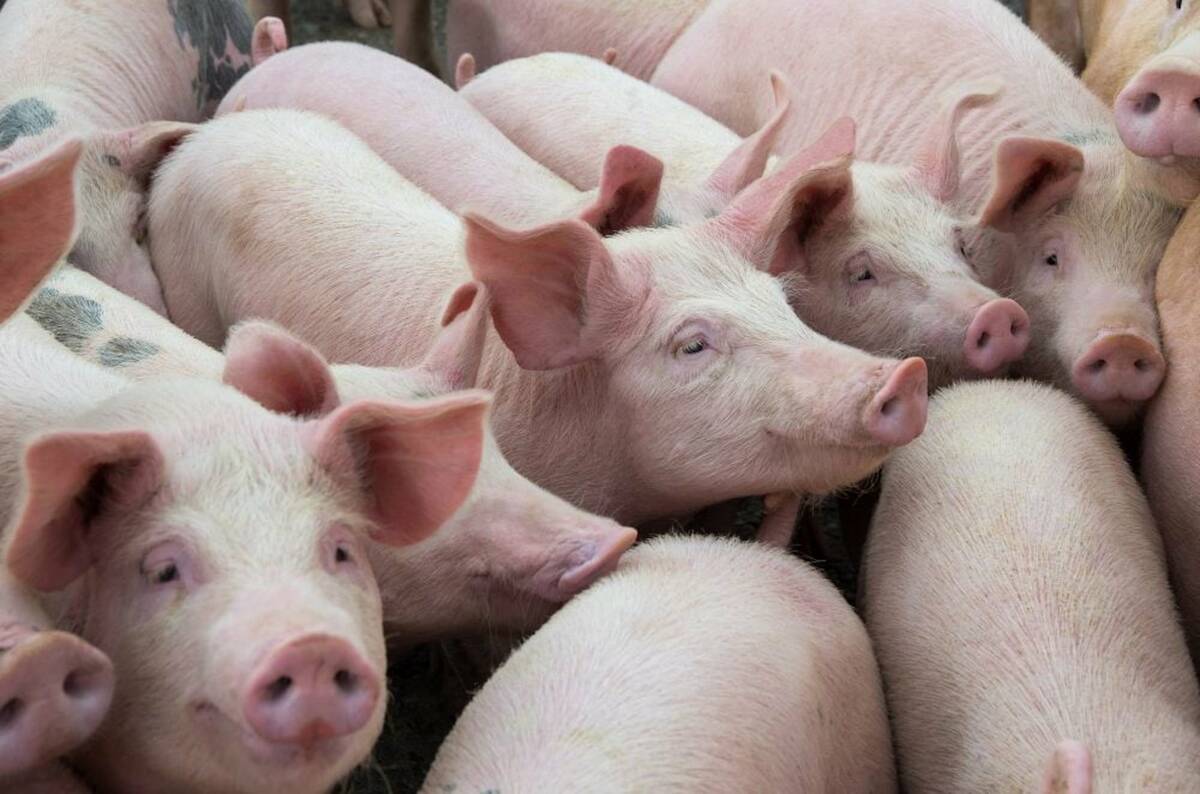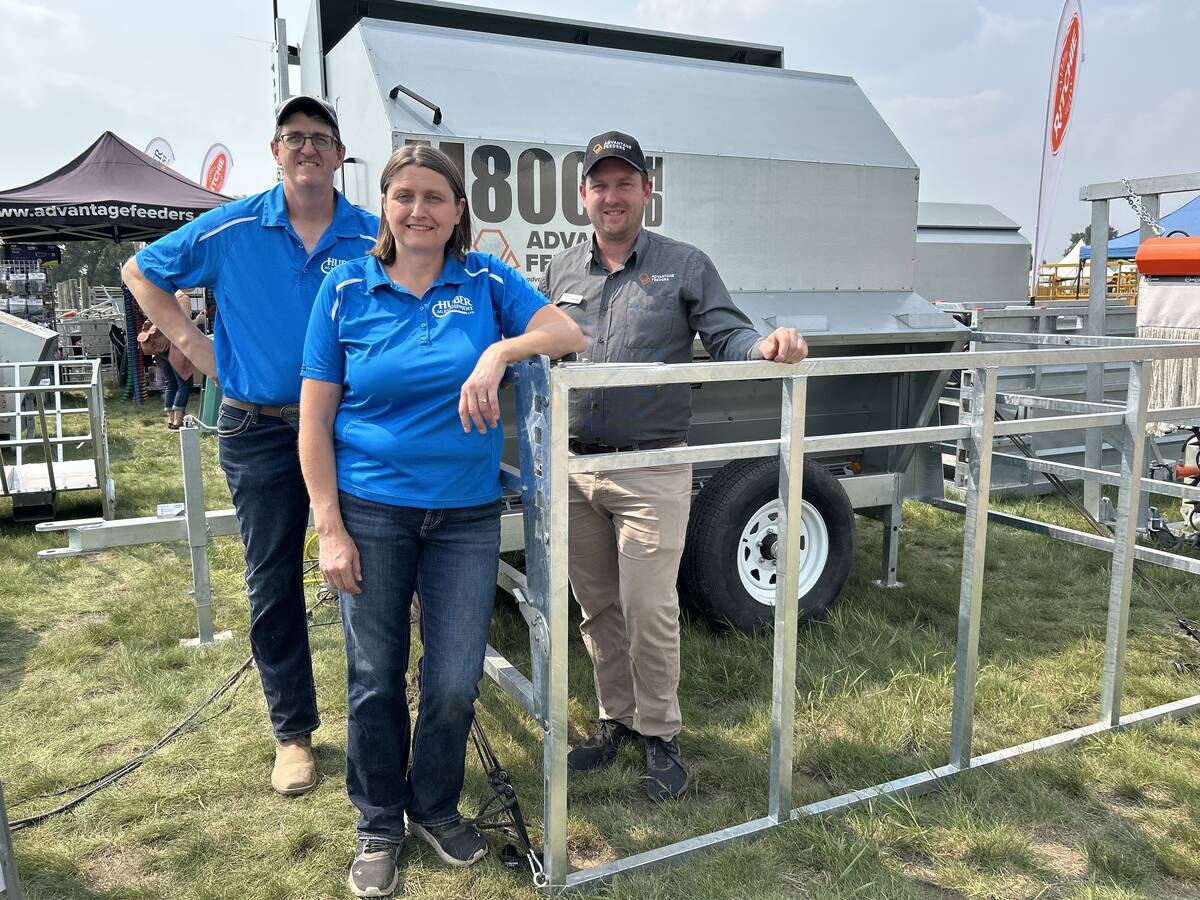Glacier FarmMedia—When it comes to more efficient feed conversion in calves before weaning, the sooner a calf’s rumen is developed, the better.
According to Gerard Roney, founder and managing director of Advantage Feeders in Australia, controlled creep feeding is a good way to develop a calf’s rumen, allowing for better uptake of energy and protein at an earlier age.
“We have a lot of control on how (the rumen) operates, and this is the most important thing we’ve got on our livestock farms,” Roney said at the Ag in Motion 2025 farm show near Langham, Sask., as part of a learning session presented by Huber Ag Equipment.
Read Also

U.S. livestock: Cattle rise, hogs recoup losses
Chicago live and feeder cattle futures rose on Tuesday while hog contracts regained Monday’s losses. Most-active February live cattle futures…
Follow all of our Ag in Motion coverage at the Western Producer.
Roney discussed how producers can help control the length of the papillae on the rumen wall, which pulls volatile fatty acids out of the rumen to be used as energy. Feeding starch lengthens the papillae, and the longer the papillae, the more energy the rumen can extract.
“It’s helpful to start at the beginning of the calf’s life,” said Roney, sharing an image of the undeveloped rumen wall of a six-week-old calf, which was smooth and without long papillae.
“All our calves are born with the sterile environment, so they don’t have any microbes in their gut to start with.”
He compared this to an image of the developed rumen wall of a calf of the same age, which had a greater surface area to allow for more energy uptake.
“The difference is this rumen had grain from the (start), so it’s really showing us we can get that rumen developed where they can eat pasture and digest it really quickly.”
While unrestricted creep feeding can lead to unnecessary feed expenses, he said, the idea behind controlled creep feeding is to allow for rumen development as early as possible before moderating for better feed conversion.
“What controlled creep feeding is, is providing that feed ad lib until that rumen starts to get going roughly that 100 days of age, so we feed them as much as we can early on,” said Roney.
“Once that intake starts going more than two pounds a day, for instance, we start using the feeding system to restrict intake.”
At this point in the calf’s life, pastures are usually providing more of the energy and protein they require.
“We’re just giving them a small supplementation, keeping that papillae long and getting really good growth rates.”
As an example, Roney compared an unrestricted creep feeding situation — where calves consumed 370 kilograms of creep feed per head prior to weaning — to a controlled creep feeding situation that reduced intake to about 120 kg per head.
“If feed is $0.40 per kg, it’s a $100 per calf saving,” he said.
“The younger we feed animals, the higher the feed conversion, so that’s really the best time to supplement an animal.”
Watch for more livestock-related coverage from Ag in Motion 2025 in Glacier FarmMedia publications in the coming weeks.















